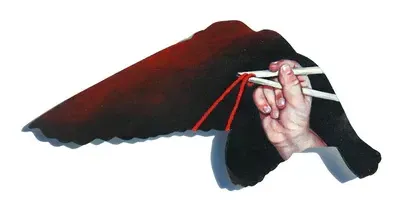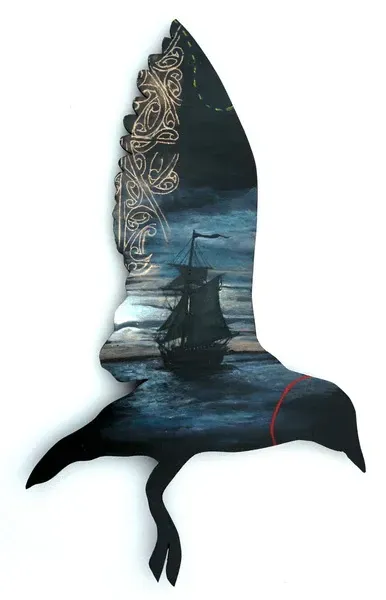New play explores early Kiwi-Chinese heritage
Written by

A dramatic historical shipwreck is the starting point for The Bone Feeder by Renee Liang. Liang, a postgraduate student at the University of Auckland’s Drama department, is directing and producing her second play at the Drama Studio in late September.
A dramatic historical shipwreck is the starting point for The Bone Feeder by Renee Liang. Liang, a postgraduate student at the University of Auckland’s Drama department, is directing and producing her second play at the Drama Studio in late September.
The Bone Feeder is a contemporary exploration of the consequences of the sinking of the SS Ventnor, which was chartered to take the remains of 499 Chinese men from Otago, Westland and Wellington to their final resting places in Canton (now Guangzhou), China.
“Back in 1902, when the Ventnor sailed, it was considered important for Chinese to return to their home villages,” Liang explains. “So the Chinese which had migrated to New Zealand to work (mainly in the gold fields), considered themselves only temporary visitors. They always intended to return home once they had made the money they set out to earn. Of course, life being harsh at that time, many of them didn’t make it. So they were buried in temporary graves while their descendants and friends raised enough money. It was believed that the bodies needed to return to their home villages in order to watch over their descendants and in return, have their graves looked after and spirits nourished.”
Unfortunately, the Ventnor struck a rock and subsequently sank near the Hokianga Harbour. The coffins and bones were lost, along with the lives of 13 crewmen. But some of the coffins and bones were washed ashore where, local stories reveal, they were found by local Maori and buried in family urupa.
“It’s a piece of NZ history which very few people have known about until now,” Liang says. “But recently some of the descendants of those lost on the Ventnor have started looking for ways to honour their ancestors.” That project, known as The Ventnor Project and led by prominent Chinese community figures in consultation with local kaumatua, is looking at ways to commemorate the incident, with appropriate ceremonies and possibly a memorial. But in the meantime Liang, a second generation Chinese New Zealander, became interested in the story.
“My family only came to NZ in the 1970s, so we’re relatively recent migrants,” she says. “None of the men who were lost with the Ventnor were my ancestors. But the story resonated within me as soon as I heard it. I started thinking about how we are all migrants one way or another, how we adapt to changing circumstances and how we all have to figure out where we fit in.”
The Bone Feeder follows the fictional Ben, a young fifth-generation Chinese New Zealander who travels around the present-day Hokianga looking for the bones of his great great grandfather. Along the way, he encounters some unusual ‘locals’ – who may or may not be mischievous ghosts – and, surprise - gets into trouble.
“It’s a hero-quest with a Far-North flavour,” Liang says. As well as the landscape, she was inspired by the traditions of Asian theatre. This led her to enlist the help of New Nature, a traditional Chinese orchestra based in Hamilton. Its six members (aged from 14-28) – recent migrants from China and Taiwan – fill key roles within the play, not only providing the soundscape, but also sometimes acting. Four actors complete the cast and Andrew Corrêa, a composer who is the musical director, also takes the stage. “We use a combination of Chinese and Western melodies in the play,” Corrêa says. “It was great fun to research traditional Cantonese folk songs and then work out how to put them together with Western songs – of course, the guys from New Nature provided expert cultural advice!”
Liang says that her play is a contemporary theatre piece that pays tribute to ancient Chinese theatre traditions. Like her earlier play Lantern, The Bone Feeder explores themes of family love and duty. But Liang says that her two plays are very different productions. “I wrote Lantern as a two-hander partly because I thought first plays should be written so they can be staged easily, with just a few people,” she laughs. “So it’s ironic that with my second play, I go to the other extreme – with a large cast and musicians from a different city!”
The group are having fun exploring the play, she says. “Two thirds of us are Chinese New Zealanders, but we’re all from different migrant waves,” she says. “It’s been a really interesting experience, exploring all our stories and seeing how the early Chinese settlers to New Zealand must have struggled with similar feelings. We also have Maori, Indians and Caucasians in the cast, and it’s amazing how often we find similarities rather than differences. I guess it just goes to reinforce how universal this search for family is.”
Images by artist Penny Howard
